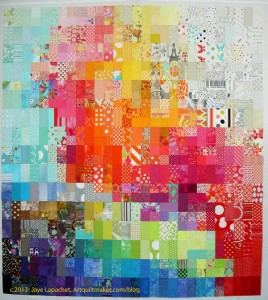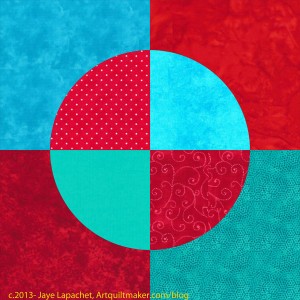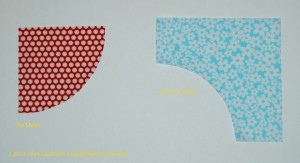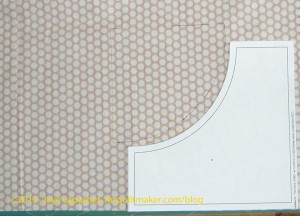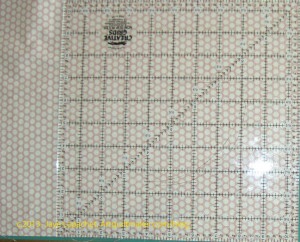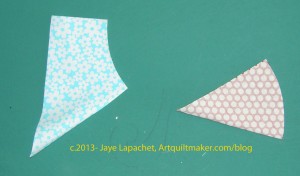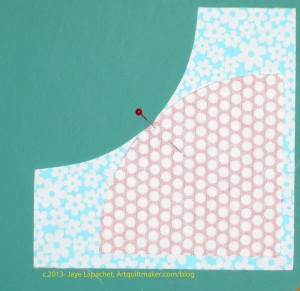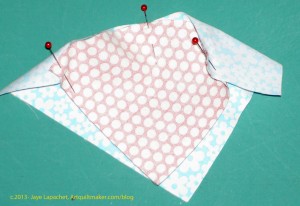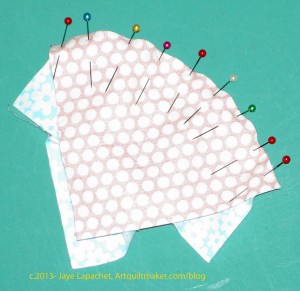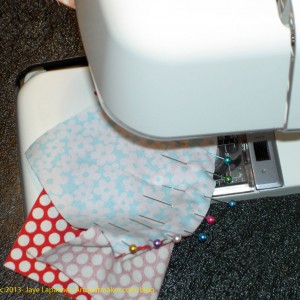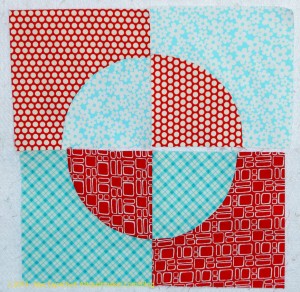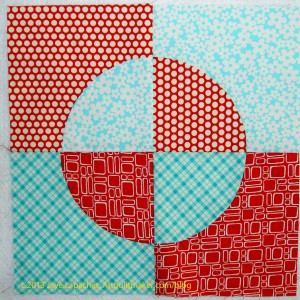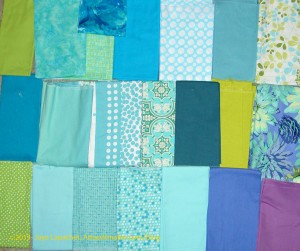
I have been working on getting the fabrics for the Star Sampler together.
I washed a bunch of new fabrics over the weekend and have added some of them to this group. I have a few more to iron, but will probably add them as well.
It occurs to me that the ones with a lot of white won’t work with the background I have chosen. I want the stars to be crisp and I don’t want the colors of the fabric in the stars to bleed into the background. That might mean taking out that nice graphic dot in the top row.
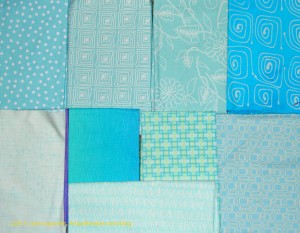
After I started writing this post, I was doing my Qi Gong practice and looking at the FOTY 2012 top, which was in process on my design wall. I saw some other fabrics, which I thought needed to be added.
I do notice that the group is getting very blue heavy, so I need to use a lot of the non-blue fabrics OR find some more of the purples and greens.
It has taken me some time to get the right fabrics and I think I still have more to add and some to take away. This group has more fabric than the group I posted in December.
Now I need to get off my duff and make some blocks. Enough playing with fabrics!
